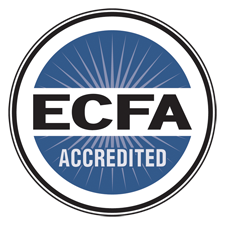Kim Tweten is a mechanical engineer and the wife of Dennis Tweten PhD and professor of Engineering at Taylor University. Kim and Dennis have three daughters: Lillian, Evelyn, and Annelise.

Drawing Our Daughters into the Sciences
By Kim Tweten
I have 3 precious daughters. They love to sew, write stories about fairies, dance and play the piano. When I ask them if they will follow in the footsteps of their mother and father (we are both Mechanical Engineers) they shudder and run for their stuffed animal covered bedrooms.
While they DO have sets of legos and enjoy the science museum, we like for these topics to be more of a regular topic of conversation around our house. Here are a few practical things we do to engage our children’s interest in science and math:
Encourage them to create
As a child, on quiet afternoons by myself, I found a great deal of satisfaction in sewing. Understanding how flat pieces would come together to form 3 dimensional objects was central to my future as an engineer. Spatial intelligence is beneficial for many scientists. Creating with beads can be a starting point for a conversation about computer languages and digital concepts. Fostering creativity is a huge asset as a future problem solver, as well.
Talk to them about science and math they encounter in their lives
My daughter took up soccer this fall. She had an epiphany one day while out on the rope swing in our yard. "Mom, when I want to kick the ball harder… it’s like the swing – if I pull my leg back further, I will have more push for the ball, and it will go further!” What a grand opportunity for me to share with her about pendulum motion, rockets, and trebuchets. While spending time at the beach we visit local aquariums. When the water boils on the stove for tea, we discuss how heat affects atoms and molecules and how change of state occurs from solid to liquid to gas. We discuss how one sister’s new understanding in multiplication with double numbers could be represented with an algebraic equation. We figure out what the equation is and test it on a few simple problems. Science and math are all around us and its fun to look for ways to point that out to children. Doing so makes it less foreign and more familiar.
Guide them into meaningful relationships with women in science
We have been blessed with a pile of female friends with degrees in the sciences. Those women have become regulars at our dinner table. Our friends cook meals, enjoy martial arts, sew, have pets, laugh, travel, exercise and have friends over for games or movies. They are PhD’s in the sciences, MD’s who volunteer in missionary settings, and fascinating women living joyful & interesting lives. And most of all, they are women who have deep, abiding faith in God. We have come to care for those women as substitute aunties in our lives… and our girls are able to see that women in the sciences are to be admired. Enriching our lives with godly women in science and math paints a possible future for our daughters in these interesting fields.
We find that our daughters enjoy being engaged with creativity, seeing science and math around them, and befriending women in the sciences. While we can’t be sure that they will pursue a future in the sciences (after all, they love to write, and dance, and sew) we know that they will delight in science concepts and see math as a normal part of life.
Related reading: Jennifer Wiseman: How to Help Young Christians in the Sciences





